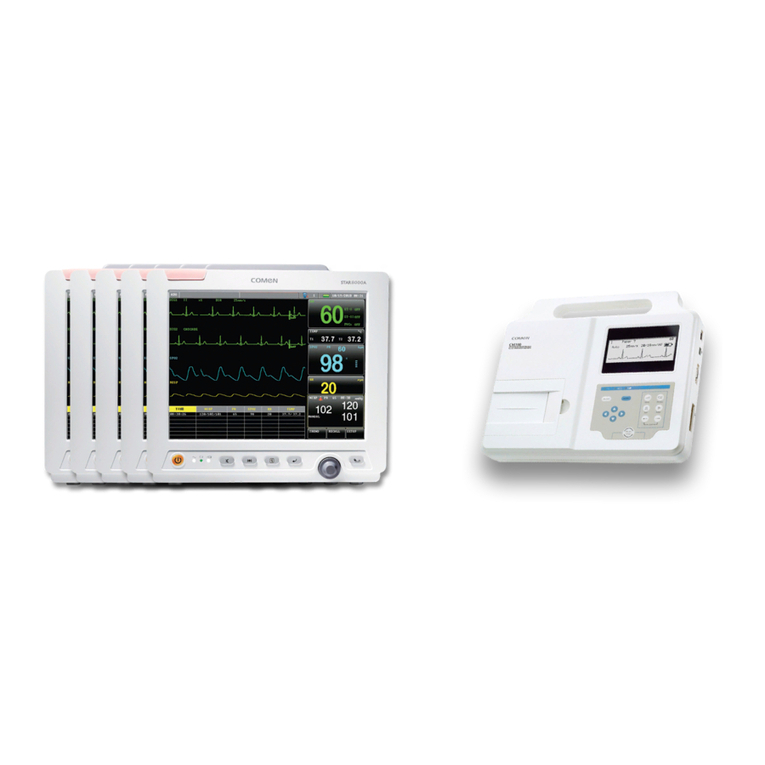
III
Contents
Chapter 1 Safety Guidance.............................................................................................................................1
1.1 Safety Information ..........................................................................................................1
1.2 Warnings and Cautions....................................................................................................1
1.2.1 Safety Warnings .................................................................................................... 1
1.2.2 Battery Care Warnings ..........................................................................................3
1.2.3 General Cautions...................................................................................................4
1.2.4 Cleaning & Disinfection Cautions ........................................................................5
Chapter 2 Introduction...................................................................................................................................5
2.1 Function Features ............................................................................................................6
2.2 List of Symbols ...............................................................................................................6
Chapter 3 General Information .....................................................................................................................8
3.1Top Panel.......................................................................................................................... 8
3.1.1 LCD Screen...........................................................................................................9
3.1.2 Control Panel and Keys.......................................................................................10
3.2 Patient Cable Socket and Signal Interface ....................................................................12
3.3 Mains Connection and Switch.......................................................................................13
3.4 Bottom Panel ................................................................................................................. 13
Chapter 4 Operation Preparations..............................................................................................................16
4.1 Power and Earthing .......................................................................................................16
4.2 Loading/Replacing Record Paper..................................................................................17
4.3 Patient Cable Connection..............................................................................................18
4.4 Electrodes Connections.................................................................................................19
4.5 Inspection before Power On..........................................................................................21
Chapter 5 Operation Instructions................................................................................................................22
5.1 Switching On.................................................................................................................22
5.2 Automatic Mode............................................................................................................23
5.3 Manual Mode ................................................................................................................23
5.4 ECG Recall.................................................................................................................... 24
5.5 Using the menu system .................................................................................................24
5.5.1 Entering and exiting the menu ............................................................................24
5.5.2 Moving in the sub-menus....................................................................................25
5.5.3 Parameter modification .......................................................................................25
5.6 Settings................................................................................................................... 25
5.6.1Register Settings................................................................................................... 25
5.6.2General Settings ...................................................................................................27
5.6.3Print Settings ........................................................................................................28
5.6.4 SYSTEM Settings ............................................................................................... 30




























